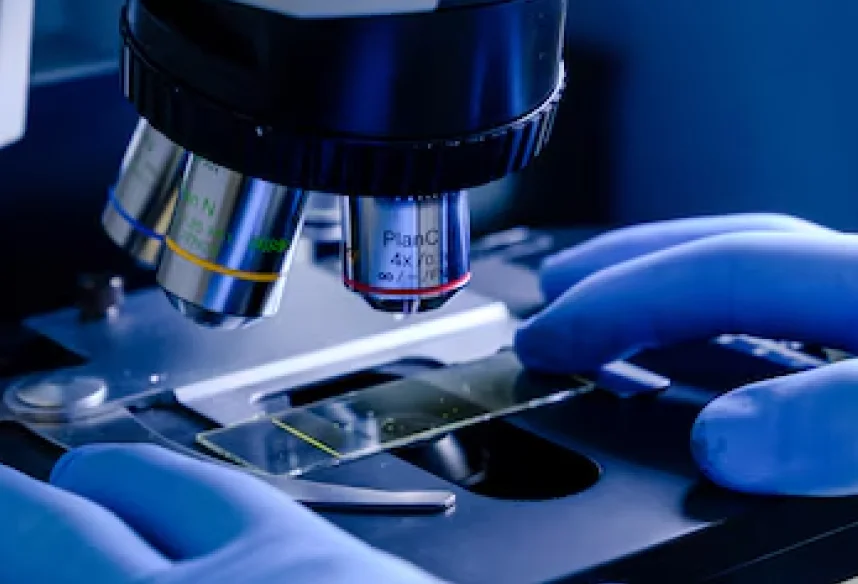
Fluorescence In Situ Hybridization (FISH) is a highly sensitive and rapid molecular cytogenetic test used to detect numerical chromosomal abnormalities. It is particularly useful in prenatal testing and neonatal screening.

FISH for aneuploidy (13, 18, 21, X, Y) is recommended for:
| Condition | Chromosome | Clinical Features | Sensitivity |
|---|---|---|---|
| Down syndrome | Trisomy 21 | Intellectual disability, characteristic facial features | >99% |
| Edwards syndrome | Trisomy 18 | Severe congenital anomalies, poor prognosis | 98% |
| Patau syndrome | Trisomy 13 | Severe CNS and cardiac defects, very low survival | 95% |
| Turner syndrome | 45, X | Short stature, infertility, cardiac issues | 98% |
| Klinefelter syndrome | 47, XXY | Hypogonadism, learning disabilities, infertility | 97% |

Comparison
| Feature | FISH | QF-PCR | Karyotyping | Microarray |
|---|---|---|---|---|
| Detection Method | Fluorescent probes | STR markers | G-banding | High-resolution genome-wide scan |
| Results TAT | 24–48 hours | 24–48 hours | 10–14 days | ~7 days |
| Resolution | Only detects aneuploidies (13, 18, 21, X, Y) | Only aneuploidies | Detects all large chromosomal abnormalities | Detects submicroscopic deletions/duplications |
| Use Case | Rapid detection of trisomies | Rapid aneuploidy screening | Comprehensive karyotype | High-resolution for complex cases |
Clinical Guidelines